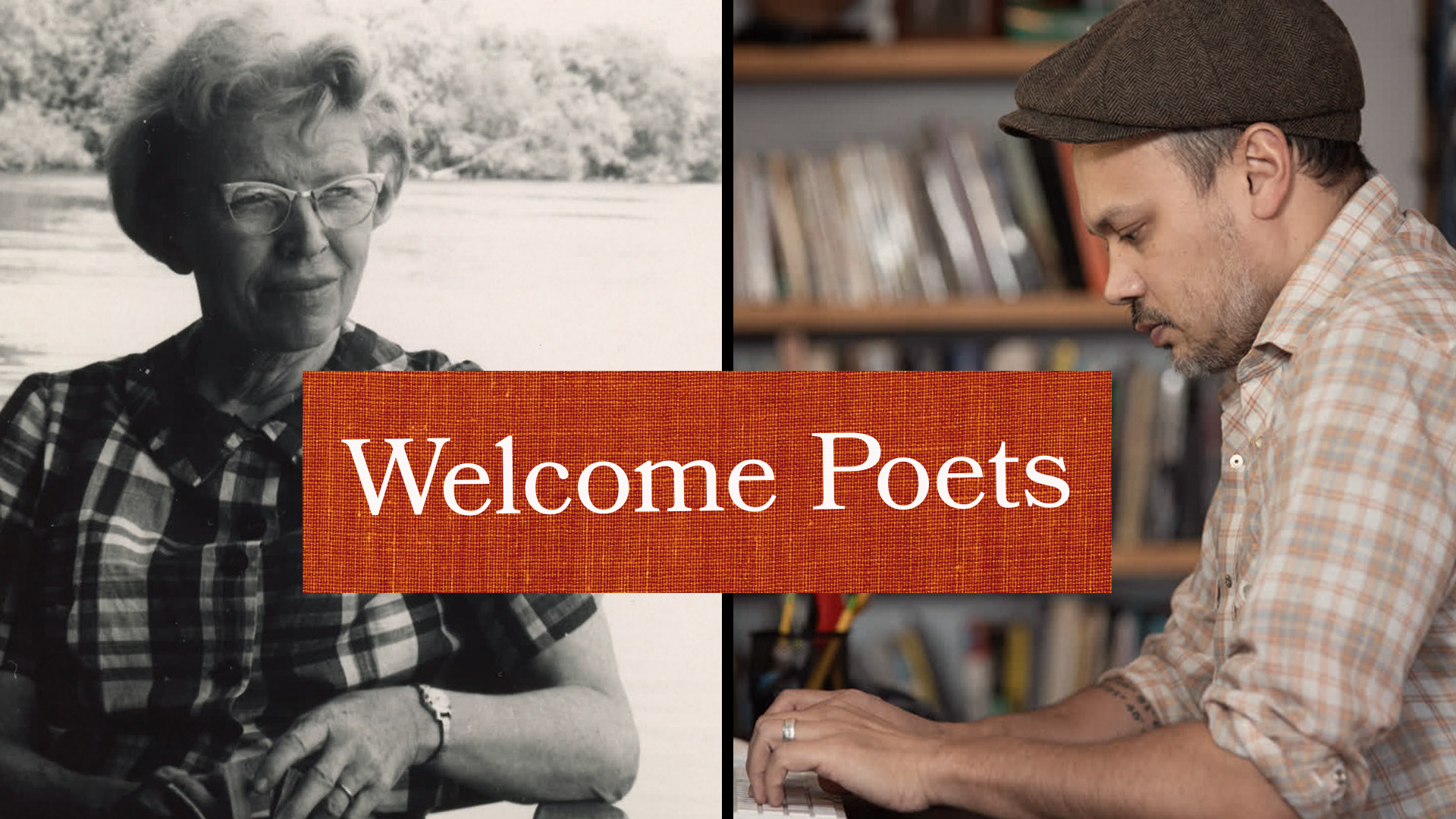Frederica Freyberg:
Wisconsin’s place in national politics is described as a battleground, a tipping point, a swing state. But how did Wisconsin get to be so key nationally? “Here & Now” reporter Steven Potter explores the history of Wisconsin politics to understand how we got to this point and what kind of attention we can expect as we narrow in on the November election.
Donald Trump:
And I promise we will make Wisconsin great again. We’re going to make it so.
Kamala Harris:
The path to the White House goes through Wisconsin.
Steven Potter:
No one can deny Wisconsin’s significance when it comes to national politics, and especially this year’s race for president.
Jonathan Kasparek:
Wisconsin is incredibly important, as it has been for the last few election cycles. It is a swing state in the sense that it could go either Republican or it could go Democrat. And our electorate is about evenly divided.
Steven Potter:
Jonathan Kasparek is a professor of history at UW-Milwaukee’s Waukesha campus, where he’s been a political expert for 20 years. He says one thing keeping Wisconsin in the national spotlight is that it’s a microcosm and a mirror of American voting trends.
Jonathan Kasparek:
And like the national picture, Wisconsin is pretty evenly divided. A lot of the rural areas are red. So if you look at a map broken down by counties, there’s a lot of red, but not a lot of voters. Whereas there’s a little bit about of blue and a lot of voters, but it sort of equals out.
Steven Potter:
But this evenly matched electorate of Democrats and Republicans also means that Wisconsin has bounced back and forth between the two parties in statewide races over the years. In 2008, Wisconsin voted for Democratic presidential candidate Barack Obama. But then in 2010, the state elected Republican Scott Walker as governor and Republican Ron Johnson as U.S. Senator. In 2012, Wisconsin went for Obama again, while also electing Democratic U.S. Senator Tammy Baldwin. In 2014, Scott Walker won again as governor. Then in 2016, Wisconsin chose Republican Donald Trump as president, only to turn around and elect Democratic Governor Tony Evers in 2018. And in 2020, Wisconsin helped Democrat Joe Biden win the White House. But then in 2022, the state split the ticket, electing both Democratic Governor Tony Evers and Republican Senator Ron Johnson again in the same statewide election. All of this has led Wisconsin to be known not only as unpredictable, but also very, very purple.
Jonathan Kasparek:
It is confusing. We have the oddest pair of senators, I think, in the country. Our behavior is absolutely baffling to national pundits. They’re never quite sure what to make of us because of things like electing Tammy Baldwin and Ron Johnson.
Steven Potter:
Kasparek says this back and forth means that voters here prioritize issues more than political parties.
Jonathan Kasparek:
Wisconsin voters it’s often very basic bread and butter issues, and they are concerned about the economy. They are concerned about education. They are concerned about health care. So there are things that I don’t think either party really has a lock on.
Steven Potter:
Ultimately, that means it’s up to the campaigns to prove their candidates are worth the trip to the polls on Election Day.
Jonathan Kasparek:
That’s really the strategy is, is we have to turn out more of our voters than they do of theirs. I think it’s going to continue to be close. We’ve been close since 2000. I think we’re going to remain close. It really is going to, I think, continue to come down to attractive candidates who can generate a lot of enthusiasm and really get voters excited to vote. I think we’re going to see an awful lot of Kamala Harris and Donald Trump over the next few weeks. They’re going to be here a lot.
Search Episodes

Donate to sign up. Activate and sign in to Passport. It's that easy to help PBS Wisconsin serve your community through media that educates, inspires, and entertains.
Make your membership gift today
Only for new users: Activate Passport using your code or email address
Already a member?
Look up my account
Need some help? Go to FAQ or visit PBS Passport Help
Need help accessing PBS Wisconsin anywhere?

Online Access | Platform & Device Access | Cable or Satellite Access | Over-The-Air Access
Visit Access Guide
Need help accessing PBS Wisconsin anywhere?

Visit Our
Live TV Access Guide
Online AccessPlatform & Device Access
Cable or Satellite Access
Over-The-Air Access
Visit Access Guide
 Passport
Passport






Follow Us